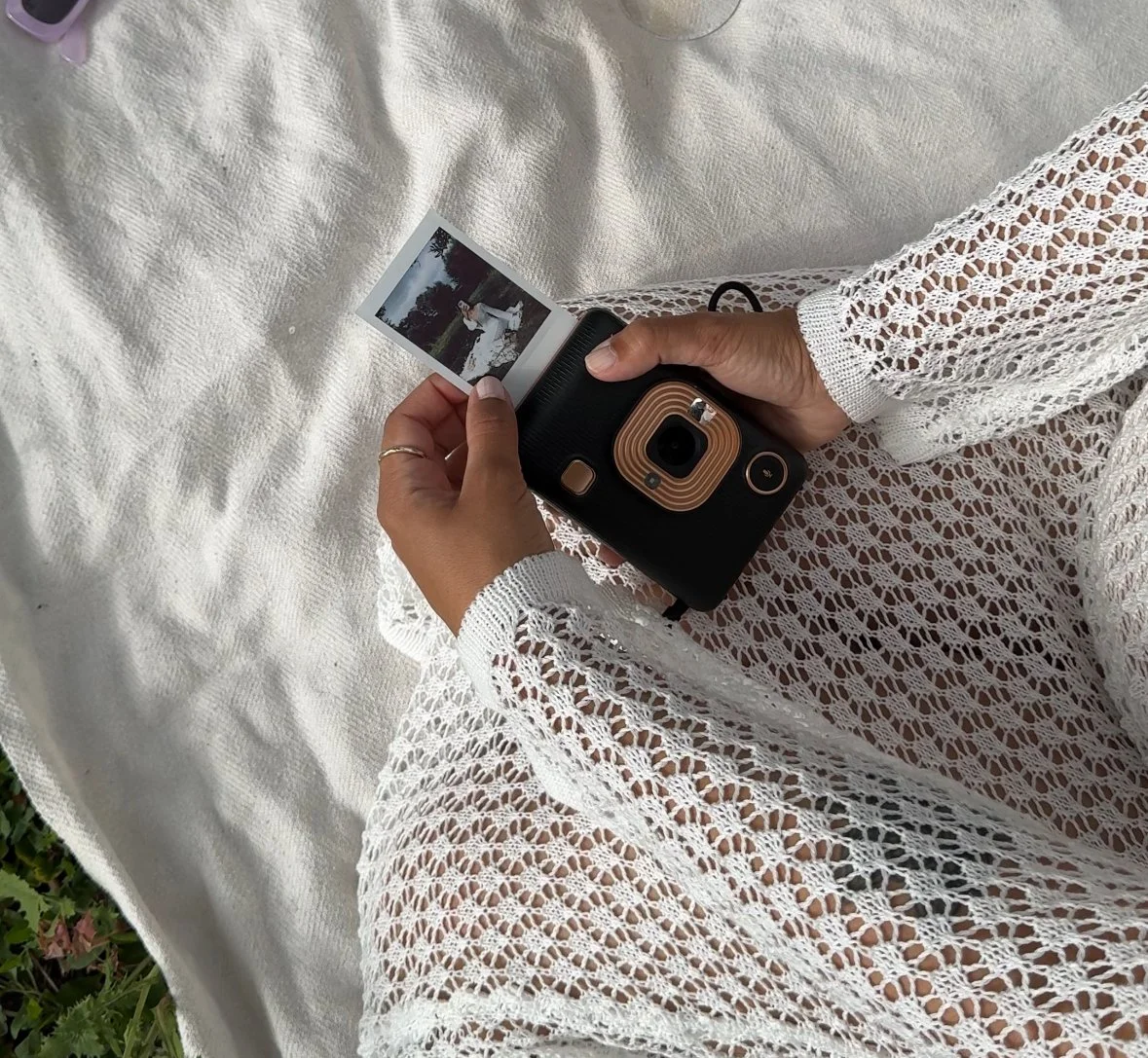Protecting Your Creativity — A Beginner’s Guide to IP
In a world where ideas fuel innovation, protecting what’s yours isn’t just smart—it’s essential.
Whether you’re a business owner, artist, or entrepreneur, knowing how to safeguard your work ensures your brand stays in your hands. This guide breaks down the basics of protecting your ideas and brand identity, giving you a no-nonsense intellectual property toolkit.
What is IP?
IP is all about protecting the things you create—your ideas, inventions, brand identity, and unique work. In simple terms, it gives you the legal right to stop others from copying or using your creations without permission. Whether it’s the logo of your favourite brand or the plot of a novel, IP rights ensure creators get the control and recognition they deserve.
Copyright — protecting creative expression
Copyright is designed to protect original works that are fixed in a tangible form. This can include books, artwork, films, and music. Essentially, copyright doesn’t cover the idea itself but protects the unique way it’s expressed. There are four key areas of copyright law to understand.
In the EU, copyright protection is automatic under the Copyright, Designs and Patents Act 1988 (UK) and the EU Copyright Directive. The moment your work is created in a tangible form, copyright applies, meaning formal registration isn’t required.
While its scope is broad, specificity is key. Copyright covers original literary, artistic, and musical works. This includes the text, illustrations, and storyline of a children’s book, but not general themes or ideas. UK and EU law also harmonise under international agreements, such as the Berne Convention, which protects other member states.
In both the UK and EU, copyright generally lasts for the creator's lifetime plus 70 years. After this period, the work enters the public domain and can be used freely by others.
Copying or adopting a substantial part of a copyrighted work without permission can be considered infringement. This can range from outright copying a protected image to recreating a distinctive character pose or replicating the exact colour scheme and composition of a well-known artwork in a new piece. Even if the end product appears different at first glance, if it closely mirrors the original’s unique elements, it could still amount to infringement.
Baigent & Leigh v Random House (2007) – Two authors claimed Dan Brown copied key ideas from their book The Holy Blood and the Holy Grail in The Da Vinci Code. But the court ruled in Brown’s favor, confirming that copyright protects how ideas are expressed—not the ideas themselves. Since Brown wrote his book independently, there was no copyright infringement. This case is a key reminder that facts and themes aren’t protected—only the way they’re uniquely written.
Trademarks — Protecting Your Brand Identity
Trademarks protect the things that make your brand stand out—like your name, logo, slogan, or even a catchy jingle. Unlike copyright, which covers creative works, trademarks focus on brand identity and help consumers recognize your products or services.
While you get some rights just by using a trademark, registering it gives you stronger legal protection. In the UK, you register trademarks with the UK Intellectual Property Office (IPO), while in the EU, it’s the EU Intellectual Property Office (EUIPO). Since Brexit, you need separate registrations for the UK and EU. The good news? A registered trademark can last indefinitely as long as you renew it every 10 years.
If something is unique to your brand, it might be eligible for trademark protection. This includes names, logos, slogans, and even sounds—think of those catchy jingles in ads!
What Counts as Trademark Infringement?
Trademark infringement happens when someone uses a mark that’s similar enough to cause confusion. If your brand’s name, logo, or slogan is copied in a way that makes people think it’s linked to another business, that could be problematic. Even using a name that sounds too close to a competitor’s could be challenged if it confuses customers.
Bottom line? Trademarks help keep your brand’s identity yours, so protecting them is key.
Interflora v Marks & Spencer (2014) – Marks & Spencer ran Google ads using the keyword “Interflora”, so when people searched for Interflora’s flower delivery, M&S’s ads popped up too. Interflora argued this was trademark infringement, misleading customers into thinking M&S was linked to them.
The Court of Justice of the European Union (CJEU) agreed—if keyword ads confuse consumers into believing a brand is connected to the trademark owner, it’s infringement. The UK High Court later ruled in Interflora’s favor, reinforcing this principle.
This case shaped the rules for online advertising and trademark use, making it clear that using a competitor’s name in ads isn’t always fair game—especially if it confuses customers.
Key Differences Between Copyright and Trademark
While Copyright and Trademark law can overlap in safeguarding creative assets, it is best to understand their differences to see how each might benefit your IP.
Purpose. Copyright protects creative expressions (e.g., a unique photograph or song), while trademarks protect brand identifiers (e.g., logos or product names).
Automatic v. Registered Protection. In the UK and EU, copyright is automatic upon creation, whereas trademarks require formal registration for the strongest protection.
Duration. Copyright lasts for a fixed term (usually life plus 70 years), whereas trademarks can be renewed indefinitely.
Understanding and managing intellectual property rights is essential to protecting your brand, creations, and competitive edge. By using copyright, trademarks, and other IP protections, you can ensure your work remains yours, deterring unauthorised use and strengthening your brand identity.
If you have any questions, feel free to reach out to us at info@frankenlaw.com and we can discuss how best to support your brand.



